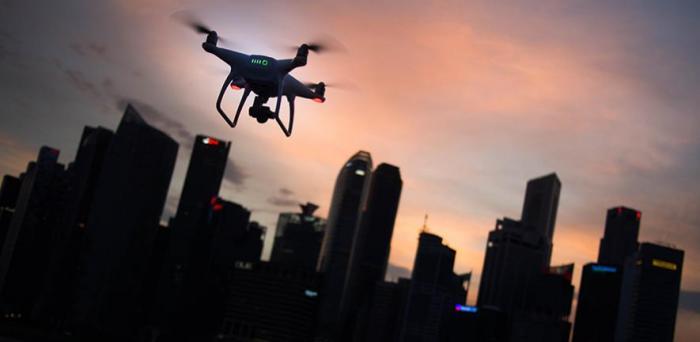The researchers, from the University of Cambridge, used a combination of statistical techniques and radar data to predict the flight path of a drone, and whether it intends to enter a restricted airspace, for instance around a civilian airport.
Their solution could help prevent a repeat of the Gatwick incident, as it can spot any drones before they enter restricted airspace and can determine, early, if their future actions are likely to pose a threat to other aircraft.
This new predictive capability can enable automated decision-making and significantly reduce the workload on drone surveillance system operators by offering actionable information on potential threats to facilitate timely and proportionate responses.
Real radar data from live drone trials at several locations was used to validate the new approach. Some of the results were expected to be be reported yesterday (Weds) at the Sensor Signal Processing for Defence Conference in Edinburgh.
Image: Drone and city skyline
Credit: Goh Rhy Yan via Unsplash
Reproduced courtesy of the University of Cambridge
